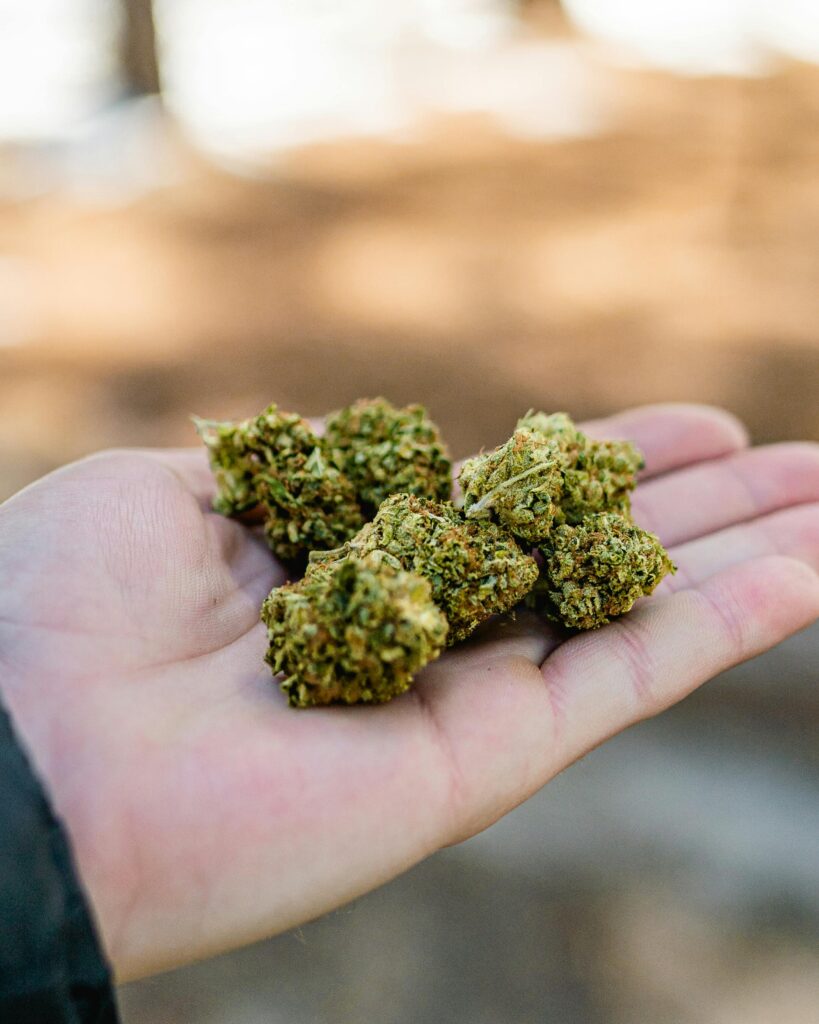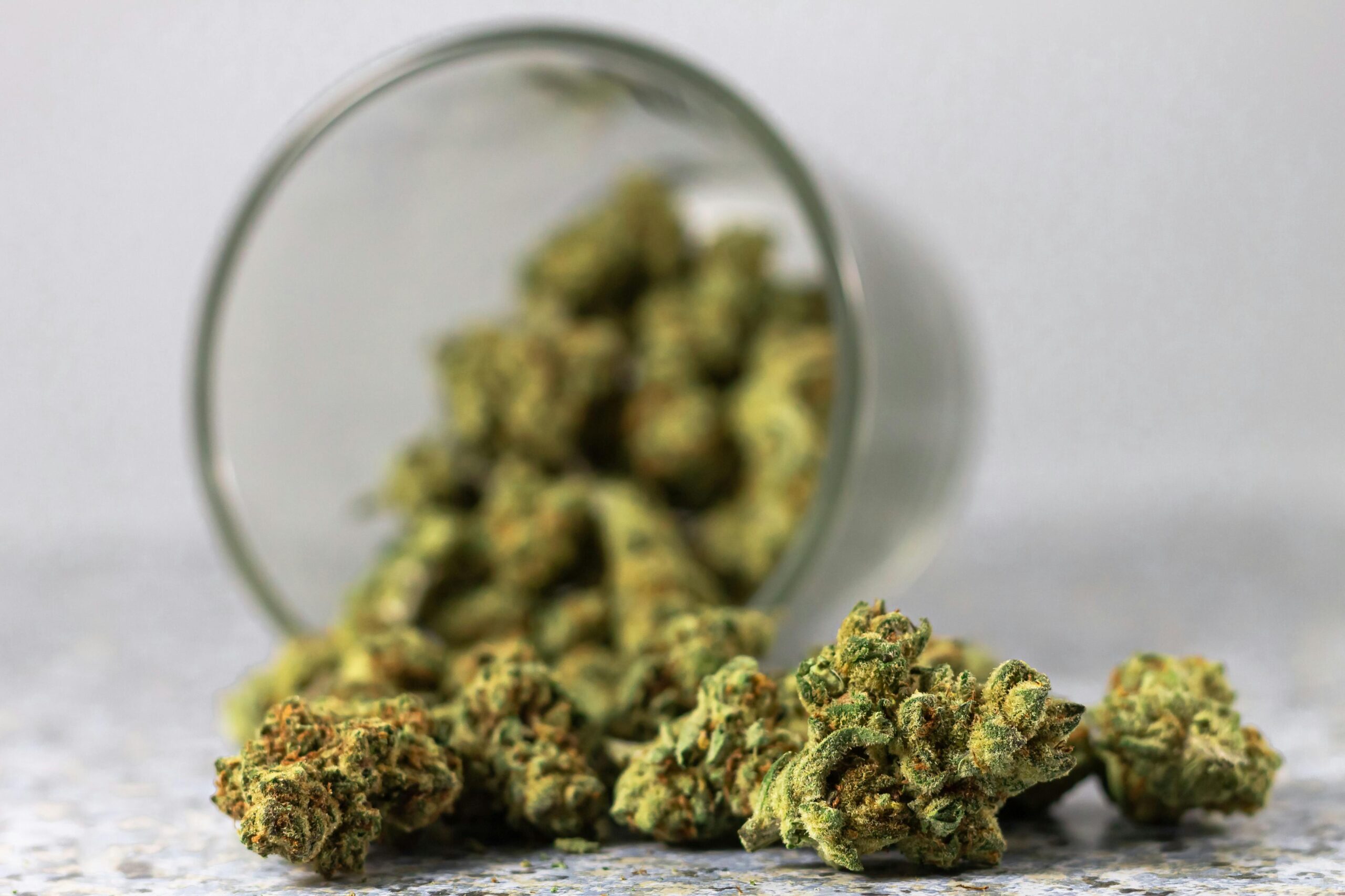420 and History of Cannabis Culture: From Origins to Modern Day
Discover the meaning behind 420 and how it became a global symbol of cannabis culture. Explore its powerful role in healing throughout time.
Every year on April 20th, cannabis enthusiasts around the world come together to celebrate what’s known as “420”. But what does 420 mean – and why has it become such a powerful symbol of cannabis culture?
Let’s dive into the roots of 420, and then take a journey through time and across continents to explore how cannabis has been used for healing, ritual, and fostering a community for thousands of years.

What is 420?
The term “420” originated in the 1970s with a group of California high school students who called themselves the “Waldos.” They would meet at 4:20 p.m. to search for a rumoured abandoned cannabis crop. Over time, 420 became a code word for smoking cannabis, eventually gaining widespread popularity through Grateful Dead fans and High Times magazine. Today, the 20th of April (4/20 in U.S. date format) is a Global Day of Cannabis awareness and appreciation.
Cannabis Around the World: A Cultural History
While 420 is a relatively recent invention, the use of cannabis is anything but new. Let’s explore how different cultures across history have embraced this powerful plant:
China:
One of the oldest known uses of cannabis comes from China. The Shennong Bencaojing, a classic pharmacopoeia, mentions it as a treatment for ailments like pain and malaria. Archaeological evidence shows ritual cannabis burning at funerary sites as far back as 2,500 years ago.
Egypt:
The Ebers Papyrus (c. 1550 BCE), one of the oldest medical texts in the world, lists cannabis as a treatment for inflammation. Researchers also found cannabis pollen in the tomb of Ramses II, suggesting its medicinal and ceremonial use.
Jamaica:
Cannabis, or “ganja,” is a sacred sacrament in Rastafarianism. It’s used in religious rituals to promote spiritual insight and community bonding. Rastafarian culture helped shape the global perception of cannabis as a tool for enlightenment and peace.
United States:
In the 19th century, cannabis was widely used in American medicine to treat pain, inflammation, and insomnia. It was available in tinctures and was listed in the U.S. Pharmacopoeia until the 1940s. Its demonisation began in the early 20th century with racially charged propaganda and prohibition laws.
Mexico:
Cannabis arrived in Mexico via Spanish colonists and was widely used in folk medicine. It also became associated with spiritual practices. However, like in the U.S., 20th-century politics and stigma led to criminalisation.
Netherlands:
Since the 1970s, the Dutch government has adopted a pragmatic approach by decriminalising the possession and sale of small amounts through licensed “coffee shops”. While technically still illegal, this policy created a grey area that allowed for open, regulated consumption without criminal penalties.
South Africa:
Indigenous communities such as the Khoisan have used cannabis (locally known as “dagga”) for generations. It was used for pain relief, as part of spiritual practices, and in traditional healing long before colonial laws restricted it.
India:
Cannabis has been revered for millennia in India. It appears in the Atharva Veda as one of the five sacred plants. Known as “bhang”, when consumed, it’s traditionally used in Ayurvedic medicine and during festivals like Holi and Maha Shivratri to aid meditation and spiritual purification.
Greece:
Ancient Greek physicians like Dioscorides and Galen noted cannabis as a remedy for earaches, wounds, and inflammation. It was also used in veterinary medicine and by warriors to treat injuries.
Morocco:
In Morocco, cannabis has been cultivated in the Rif Mountains for centuries. Hashish production and traditional use remain deeply present in cultural and economic life, despite fluctuating legal status.

Cannabis in the UK: Progress Still to Be Made
Despite the growing body of international research and the positive outcomes many patients have experienced, the UK remains behind in fully accepting medical cannabis as a legitimate form of treatment. Stigma continues to play a role in public perception and policy. At Mamedica, we’re committed to challenging this narrative by supporting education, highlighting clinical evidence, and empowering patients to make informed choices about their health. Through open dialogue and continued advocacy, we hope to help the UK move closer to a more progressive and patient-focused approach to medical cannabis.
Honouring Cannabis’s Global Legacy
At Mamedica, 420 serves as more than just a cultural reference – it’s a meaningful opportunity to raise awareness around the therapeutic and medical potential of cannabis. While the date is widely recognised in recreational circles, we use this moment to refocus the conversation on patient care, scientific research, and the life-changing benefits that medical cannabis can provide. Our goal is not to promote recreational use, but to continue advocating for safe, regulated, and clinically supported access for those with qualifying health conditions.
If you’re struggling with pain, anxiety, ADHD or another ongoing condition, don’t hesitate to take our 60-second eligibility checker to see if you’re eligible to begin your medical cannabis journey.










